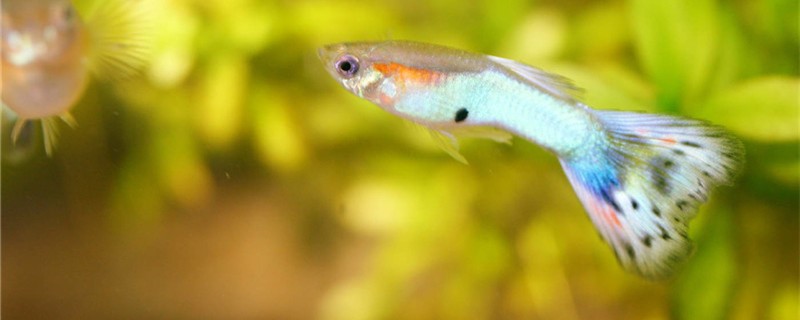
This fish is an ornamental fish of the guppies. This fish gives birth to young fish, not eggs, so it is not oviparous. But it is also different from viviparous mammals. The difference is that the fertilized egg of ovoviviparous development place is the mother, but it does not absorb nutrients through the mother, but like oviparous animals, it maintains nutrient supply through the yolk sac inside the fertilized egg, and does not exchange material activities with the mother. Therefore, the reproductive mode of this fish is between viviparous and oviparous, belonging to ovoviviparous. This is a kind of reproduction mode formed by the long-term habit of fish living in the environment, and the mother can play a protective role in the embryo.
Basically, guppies give birth to small fish once a month. Generally, the number of small fish produced in a litter is the least, only about 30 small fish. The yield of the second birth is obviously increased, and 80-120 births can be produced. If the female is large and absorbs a lot of nutrients, the number of fish produced will increase.
This kind of fish produces a lot of times in a year, and has the title of "million fish". However, during the breeding period, it is necessary to pay attention to the fact that the remaining breeders in the same nest should not exceed three generations, otherwise they will continue to inbreed, which will degrade the species and affect the quantity and quality of reproduction.